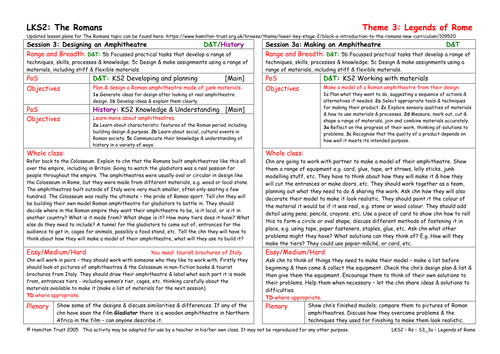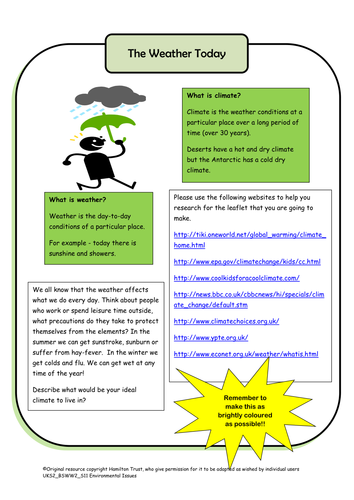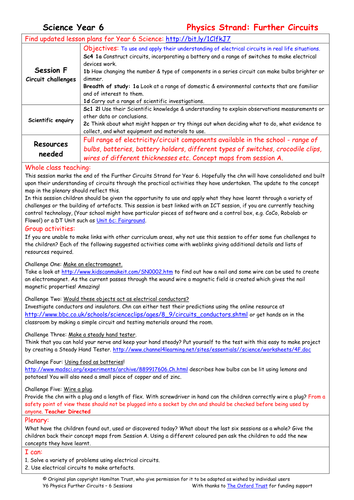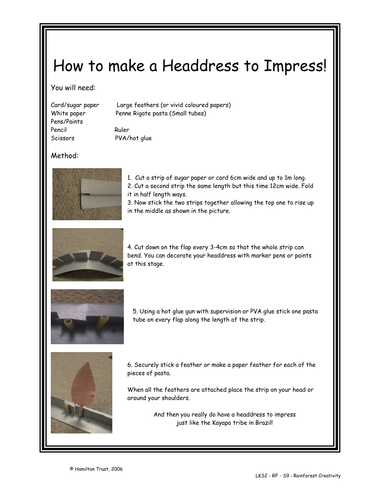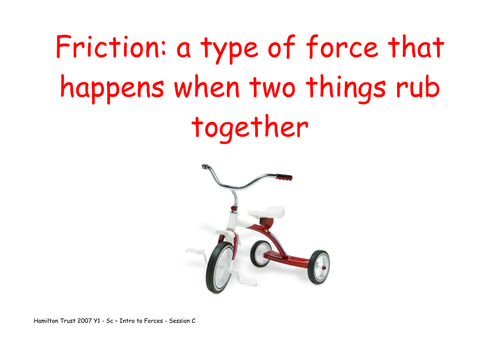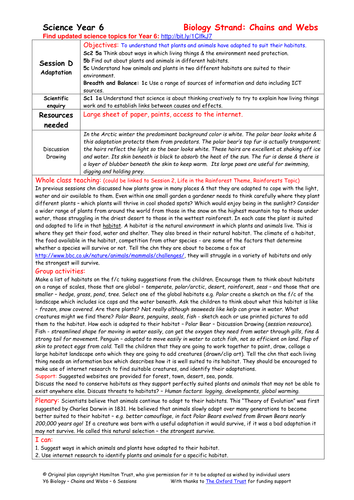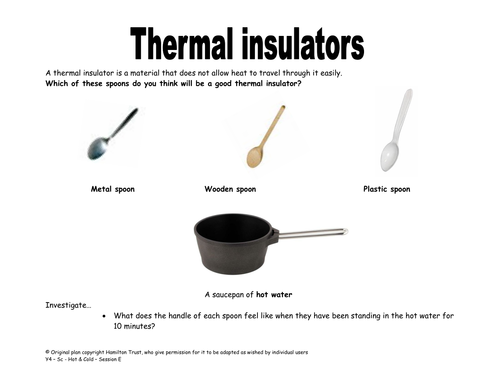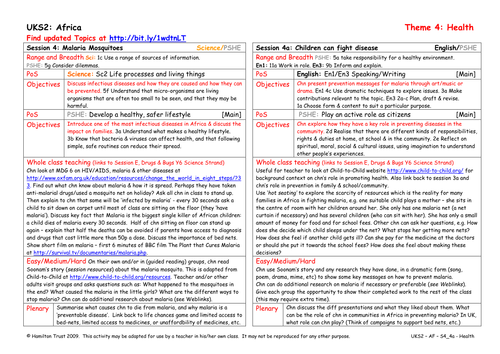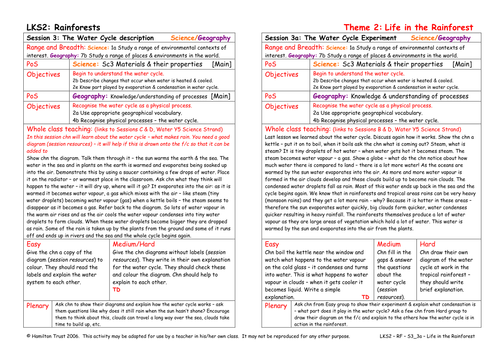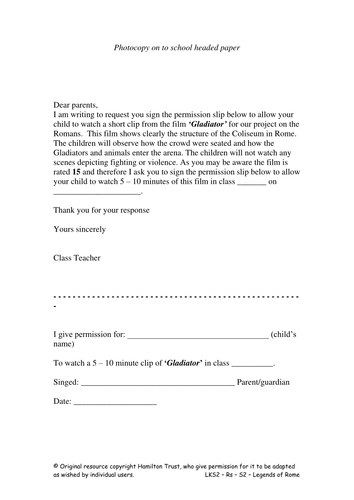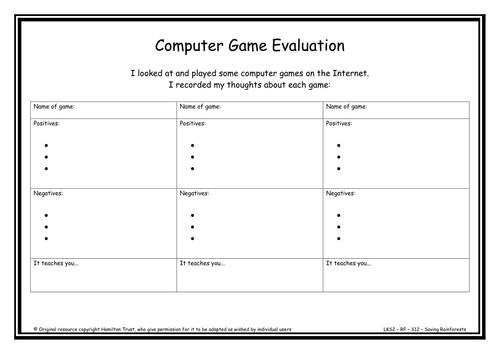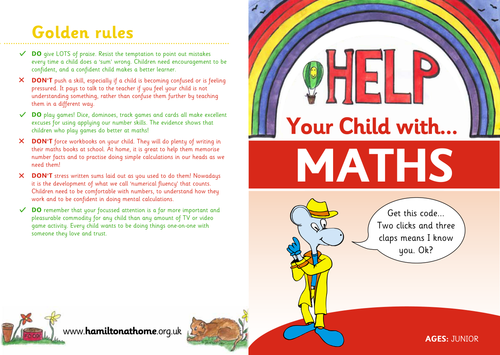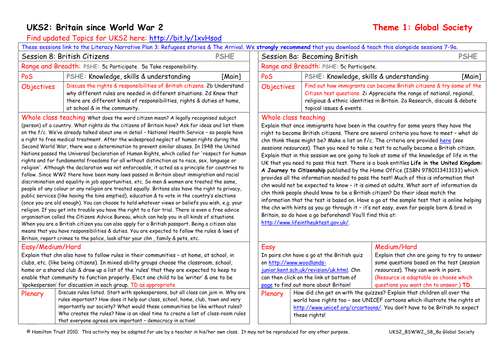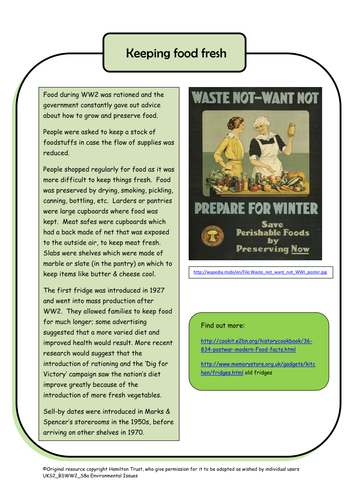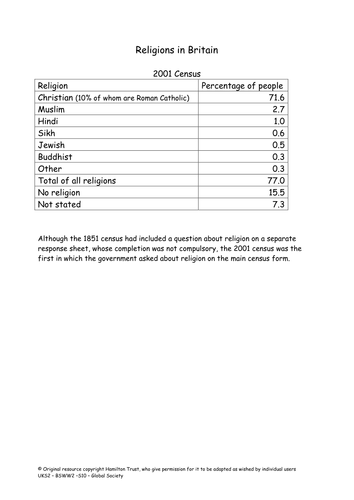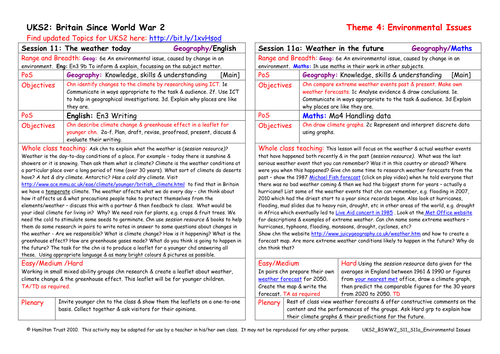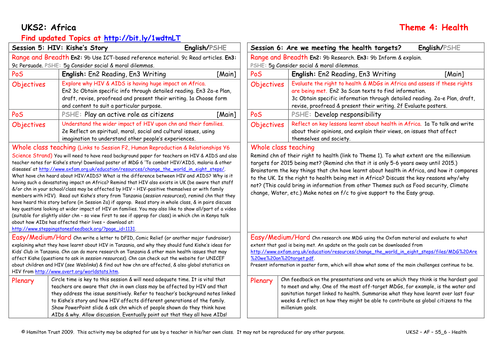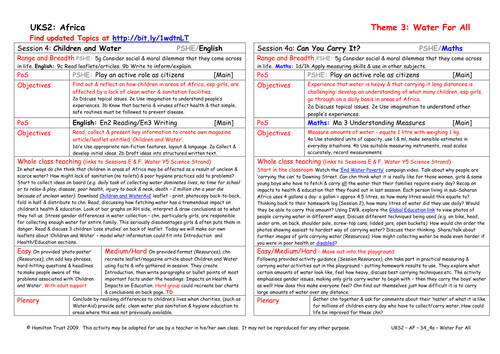
397Uploads
10042k+Views
11644k+Downloads
All resources

Designing an Amphitheatre
Children continue the work on gladiators and Roman entertainment and look at amphitheatres. They study what they look like and realise that these varied from place to place. They begin to plan and design their own model amphitheatre.
Suitable for years 3 and 4.

Italy & The UK
Following the work in Session 11, chn consider how Italy fits into the categories of countries in the modern world. After a discussion of the difference between developed and developing countries, children identify the differences between Italy and the UK.
Suitable for years 3 and 4.

The Weather Today
Children learn the differences between weather and climate. Are we the cause of changes in the weather? What might we have done to make this happen? Children are given some websites to research and the activity is to produce a leaflet for younger children to explain this.

Circuit challenges
In this session children apply their knowledge and understanding of circuits in other subject areas or through a variety of practical challenges. Iron nails, lemons and the steadiest of hands are needed in this session!
Suitable for Y6 pupils.

Investigate soundproofing
Discuss why sometimes it is important to prevent sounds travelling. Plan and carry out an investigation to find out which materials would be best to muffle sounds. A datalogger could be used with this investigation.
Suitable for Y5 pupils.

Headdress to Impress!
The Kayapo Indians who live in the Rainforests of Brazil are famous for their ceremonial headdresses. In this session children use the internet to study their designs before creating their own to wear in the classroom.

Friction
Introduce simple definition of ‘friction’. Look carefully at a bicycle or tricycle to identify the forces in action. Discuss forces in other vehicles. A range of activities about forces mainly to do with vehicles. Suitable for Year 1 pupils.

Adaptation
Did you know that Polar Bears don’t actually have white fur? But what they do have are many other adaptations that make them well suited to the Polar habitat. Children identify how other creatures have adapted to their habitat. Suitable for Y6 pupils.

Thermal insulators & conductors
The properties of materials relate to their use as everyday objects such as spoons. Children test the insulating properties of various stirrers & discuss everyday uses of materials for thermal insulation or conduction. Look at diff meanings of word conductor. Suitable for Y4 pupils.

Children Can Fight Diseases
Children present through poetry, role play, song or dance, an action that can be taken to prevent malaria.
Suitable for years 5 and 6.

The Water Cycle Experiment
In this session children get a better understanding of why there is so much rain in rainforest regions. Chn create simple explanations in wordsildren pictures and diagrams.
Suitable for years 3 and 4.

Amphitheatres, the Colosseum
Children continue the work on the Coliseum in Rome. They find out about its history and then identify and locate this building in today’s Rome. Pointing out that it can be visited, chn look at tourist brochures and plan a visit!
Suitable for years 3 and 4.

More than a game… Saving The Environment
Who says learning can’t be fun! Children play and interact with a variety of computer games in the internet, all with a serious message. Children evaluate which are the most fun to play but also best at getting that message across.

British Citizen
Find out what the rights and responsibilities of a British citizen are. Discuss why rules or laws have to be passed for communities to function properly. Children work in groups to list the ‘rules’ needed in their communities, e.g. home, town, school, clubs.

Keeping Food Fresh
Food was rationed during WW2 and the government constantly gave out advice about how to grow and preserve food using various methods. Fridges went into mass production after WW2. Children explore a BBC site – rations, shops, a quiz, etc!

Multi-Faith Britain
One of the important changes in British society since WW2 has been the rise in numbers of people with different religious beliefs. Christianity remains the main religion. Investigate the main religions that are now practised in Britain and create display.

Weather In The Future
Discuss extreme weather events from present and past. Using data they have been given about England’s weather over the past 30 years, some children draw a climate graph and predict what will happen in the future. Other children create a weather forecast for 2050.

Are we meeting the health targets?
Reflect back on ‘Right to health and MDGs. Investigate how far children think their rights and the MDGs related to health are being met. Present a MDG in an interesting way.
Suitable for years 5 and 6.

Children and Water
Using an informative and clear leaflet downloaded from WaterAid, children read and discuss how children in parts of Africa are affected by lack of clean water and sanitation. Facts are collected before creating own posters and leaflets entitled ‘Children and Water’.
Suitable for years 5 and 6.

